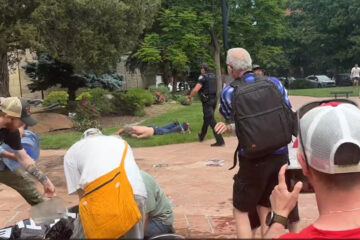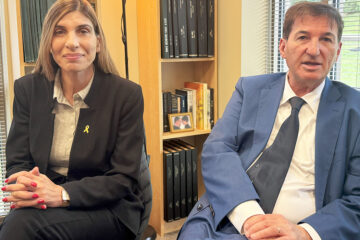Dayton’s JCC at 100 – Part Two
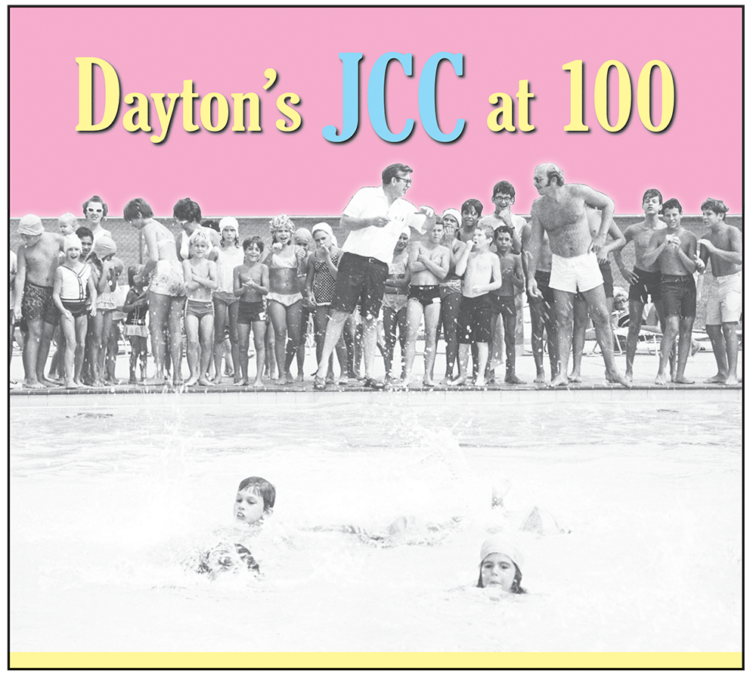
A place to call home
By Marshall Weiss and Marc Katz
Ohio Gov. James Rhodes described the site as the “finest community complex that I have seen in the state” when he spoke at the dedication of the Jewish Community Complex on Denlinger Road in Madison Township (now Trotwood), Sept. 10, 1978.
More than 500 guests heard the governor’s pronouncement in the gym of the complex’s Jesse Philips Building, the new home of the Dayton Jewish Center. Dayton hadn’t had a dedicated Jewish Community Center site since 1941. And back then, it had been a converted house in the East End Jewish neighborhood, inadequate for the needs of the growing Jewish community, which had moved northwest up Salem Avenue.
After decades of delays brought on by the World Wars and then emergency campaigns to support the fledgling Jewish state under attack, Dayton now had a JCC to rival that of any large city.
And the state of Israel was glad to know it. “This dedication is an important occasion for Israel as well as the Dayton Jewish community,” wrote Asher Naim, Israel’s consul general in Philadelphia, whose office served Dayton. “Israel is strengthened whenever a Jewish community is strengthened.”
“It had something for everyone,” recalled Bob Bernstein, who was involved with the project from start to completion. “Old, young, Orthodox, Conservative, and Reform. It was terrific. It was a game-changer. It was a special place. We had a basketball league for adults. It was a place of involvement. It unified the community.”
No one there that day had put more work into bringing about the Jewish Community Complex — one piece at a time over a 30-year career — than Robert Fitterman.
The Jewish Federation, then called the Jewish Community Council, hired him in 1948 at age 35 as its executive director and to manage its two dozen employees.
With the dedication of the campus — which also comprised Covenant House Jewish nursing home, the largest outdoor pool in the county, a camp lodge and more than 75 acres of grounds — Fitterman retired, turning over the operations and management of its nearly 200 employees to Executive Director Peter H. Wells.
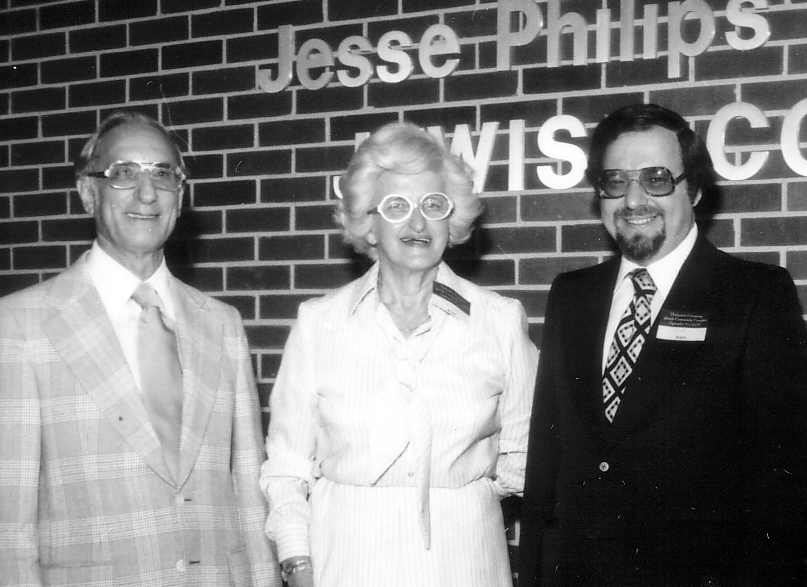
“We were able to service every age group,” Wells said, “from early childhood to seniors, from a daily senior luncheon program to recreational programs.”
The 65,000-square-foot Philips Building — which would be expanded to 78,000 square feet in the 1980s — was a place to make new friends, too.
“I met (my wife) Andi at the swimming pool,” Bill Franklin said. More than 60 years later, he remembered she was wearing a white bathing suit.
“I loved that building,” Bill Franklin said. “It was a second home.”
On the day of the soft opening in January 1978, a snowstorm closed most of the city. Federation Director of Special Services Harris Abrahams and Fitterman “did everything to clear the grounds so people could join the center,” Wells said.
“There were many in our community, sincere people, who as recently as two and three years ago didn’t think that the day was upon us when we would see the realization of the Jesse Philips Building and a Jewish Center in it,” Fitterman noted in the site’s dedication book.
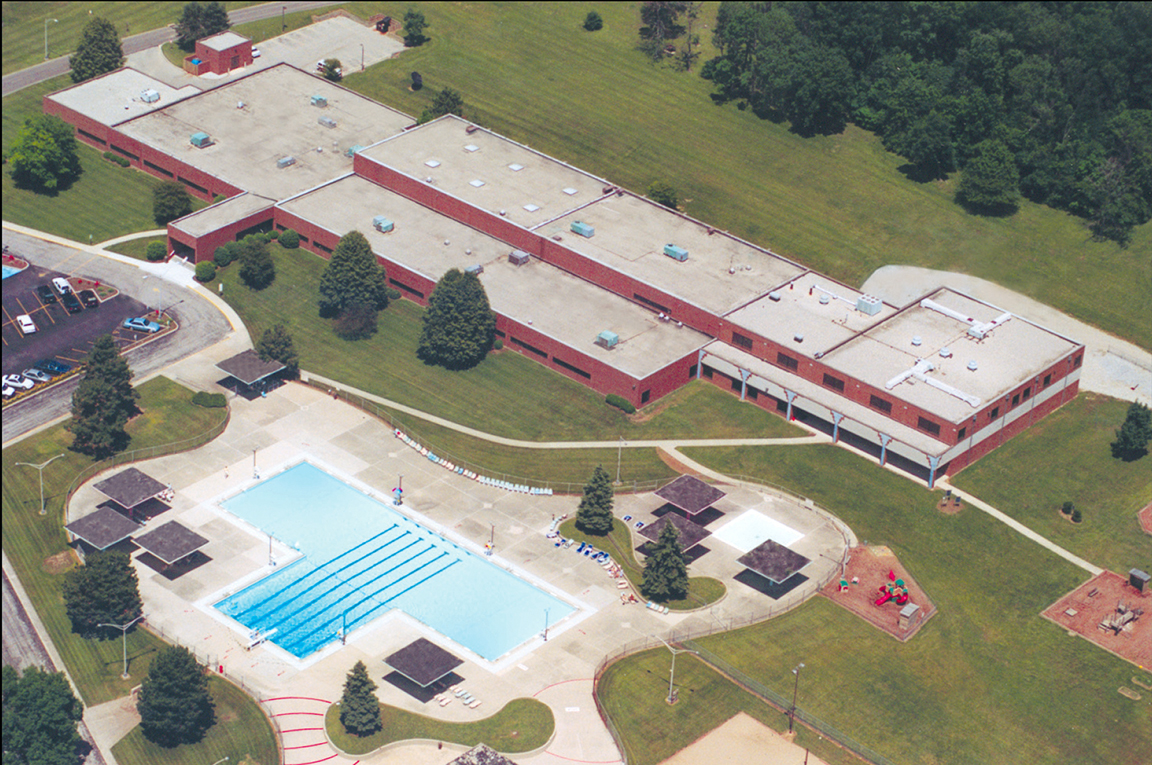
The drive for this JCC began in 1949, a year after Fitterman arrived in Dayton; the board voted to allocate part of its annual campaign funds each year toward a JCC building.
The opportunity to purchase the first 54 acres of land at the Denlinger Road site in Madison Township — then surrounded by farmland — came about in 1956 mainly with a large bequest from Nathan Sanders, along with the JCC building funds. Elmer Moyer selected the land.
The Federation opened its outdoor pool there in July 1961 and over the next few years added a camp lodge in the woods, baseball diamonds, and tennis courts.
Industrialist Jesse Philips chaired a capital funds drive in 1966 to build a JCC and a Jewish nursing home at the same time on the site. But with emergency funds needed for Israel with the 1967 Six-Day War, Federation leaders decided to build the nursing home first. Covenant House opened in 1973. Later that year, Israel’s Yom Kippur War became a more urgent priority than a center building.

Wells said he cultivated young leaders to become involved in the process. In 1975, the Federation launched its campaign to finally fund the JCC building, combined with reserves the Federation had built up.
“Jesse Philips had given the lead gift,” Wells said. “And he was also a wonderful, outstanding fundraiser for whatever he put his mind to. In all of this, the key player was Bill Leviton. He was chairman of the building committee and also the builder. He was not only the construction manager, he was the architect.”
Abrahams was the Federation’s point person who dealt with Leviton.
Mel Caplan, hired as the center’s director in 1977, remembered how the Jesse Philips Building created a social environment that built friendships — and connections to the Jewish community.
It was a given that children and teenagers would benefit from the center’s amenities, Caplan said, but he noted that senior adults and their adult children benefitted even more.
“You’d go to the lobby and people would just hang around after they played or did what they did. They’d sit around and talk,” Caplan said. “People appreciated what was going on, especially senior adults, who all of a sudden had a place to go, had a reason for doing things, for volunteering.”
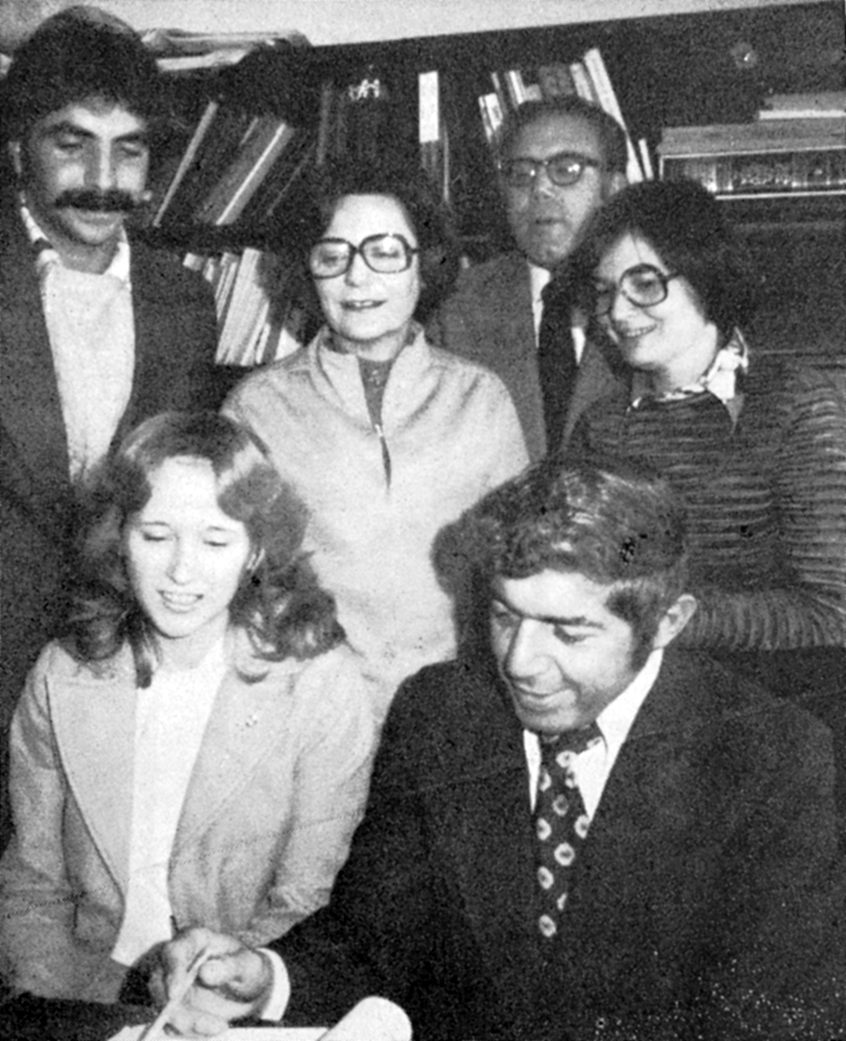
Racquetball and tennis were big draws, and the center kept waiting lists for both, except on Shabbat: the center was opened on Saturday afternoons but didn’t take phone calls for reservations.
Chilling at the pool
When asked to share their JCC memories, members of the Growing Up Jewish in Miami Valley, Ohio Facebook group mentioned the outdoor pool more than anything else.
“The high dive, multi-color concrete umbrella structures, pizza bagels, cheap ice cream in mini cartons, the disappointment of the rest period and waiting it out, the entrance where your membership card was being held, the elderly playing cards and dominoes and reading their Yiddish newspapers” are what Aryeh Dori recalled.
“I remember (being) dripping wet, running down the ramp to the snack bar or bathroom, the mushroom-looking shade pillars, the scary diving board section, the tall fences, and the camp up the hill. I remember pizza bagels and purple and red chewy round candies,” Amy Haynes said.

“I remember making some of the best friends and memories there, in the section where all the BBYOers and other teens hung out,” Darryl Weiss said. “My Mom used to refer to it as ‘muscle beach.’”
And the water was freezing until the end of the summer; the pool was unheated.
Melinda Doner recalled the camp song, “Camp Jay See, our hats off to thee,” and that “putting on plays in the lodge was so much fun.”
One person remembered pretending to need a swim rescue when he was a boy so he could be saved by a cute lifeguard.
Another said she ate lots of ice cream bars as a girl just to catch a glimpse of the handsome boy working at the snack bar. The boy was Alan Brown, son of Louis Brown, who served as Jewish Center director from 1968 to 1977.
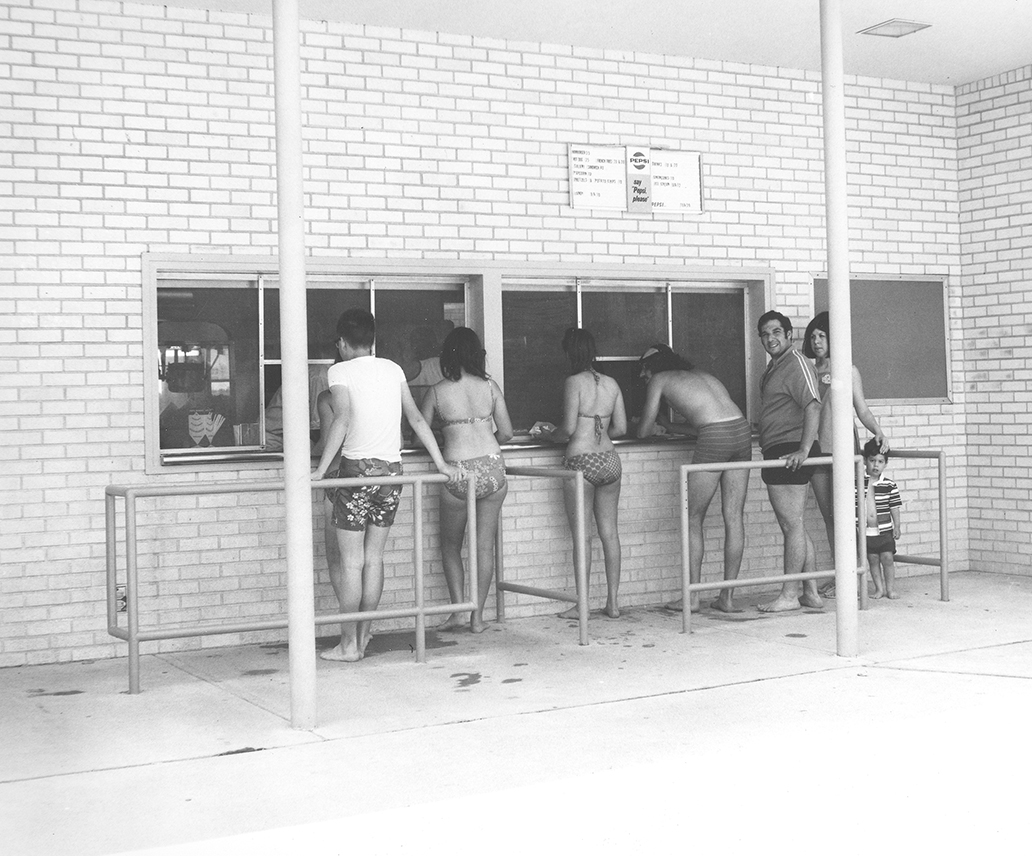
“He was my first date at 14 and he was 15. We dated 10 years and got married in 1979 and we’re still going strong,” said the girl with the ice cream bars, Cathy Brown.
When Louis Brown oversaw JCC programming in the years before a building, Marilyn Serelson was membership secretary, Marlene Carne handled the programming, and Lynda A. Cohen ran the preschool. Ben Campbell, a teacher during the school year, oversaw the pool.
Settlement services again
Dayton’s JCC had first opened in 1922 to help Americanize Jewish immigrants from Eastern Europe. Seventy years later, it would return to its roots for a time. Between 1989 and 1993, when the Jewish Federation resettled nearly 200 Jews in Dayton from the former Soviet Union, the JCC provided each with a free membership.
“We would never charge for anyone who couldn’t afford it,” Caplan said. “And we wanted to help integrate them,” though he added that they didn’t use the facilities all that much.
“They were older. Some of them used our senior adult services. They basically stuck together in the new apartment building, Covenant Manor, on our campus. The other thing the center did was we had English as a Second Language classes. We did that for maybe four or five years.”
Demographic, geographic shifts
Two decades after the Jesse Philips Building was dedicated, nearly half of the identified Jewish population of the Miami Valley lived in the suburbs south of Dayton.
The identified population of the Dayton area’s Jewish community had also dropped from its peak of 7,200 in the early 1970s to about 5,500.
As the population shift southward gained momentum, the Federation opened its JCC South site for programming in 1992 at a storefront on Whipp Road in Washington Township.

This was the Federation’s first foothold toward opening the Boonshoft Center for Jewish Culture and Education on 14 acres of land at Loop Road and Versailles Drive in Centerville in 2002. Jewish Federation Property Manager Roger Apple, who oversaw construction of the 24,312 square-foot building, continues on with the Federation, these days as operations and security director.
When the Federation raised funds for the Boonshoft CJCE, it also attempted to raise funds for an endowment to maintain its north facility.
But with state-of-the-art fitness and recreation centers opening in numerous municipalities across the Miami Valley, JCC memberships dropping precipitously — and members of the Jewish community reluctant to support an endowment fund for the north facility — the Federation sold the Philips Building and much of the campus to United Theological Seminary in 2005.
The JCC would then be headquartered at the Boonshoft CJCE and would present programs across the region, the model it follows today.
From its opening day nearly 20 years ago, on Sept. 2, 2002, the Boonshoft CJCE’s anchor has been its JCC Early Childhood Program, with Audrey MacKenzie in charge for most of those years. The JCC is also known for its Film Fest, Cultural Arts & Book Series, and children’s theatre at various venues across the Miami Valley, for Camp Shalom at Temple Beth Or, and for coordinating community Jewish holiday celebrations.

“My formative years were at my local JCC, and I love everything we’re doing now and planning for the future,” said Jewish Federation CEO Cathy Gardner. The Federation has operated Dayton’s JCC since it first opened a century ago.
With the retirement of JCC Director Jane Hochstein, Marc Jacob returned to the JCC earlier this year to serve as its senior director. “I’ve been doing this since ‘94,” he said of his JCC work. Meryl Hattenbach is the JCC’s program manager and Helen Jones is its program administrator.
For the coming year, Marc looks to add niche programming to resonate with area Jews and non-Jews. He’s starting a group for Baby Boomers in August.

“We’re looking for pockets of programmatic areas that have fallen through the cracks,” he said. “We’re looking at what role we can play in the general community through partnerships.”
The JCC will celebrate its centennial with a day at the Dayton Dragons, Sunday, July 24 at 1:05 p.m.
“People are itching to get back with each other and have that place they can call a second home. And that’s what the JCC has always been to me: a second home.”

Related: Dayton’s JCC at 100 – Part One – Becoming Americans
Related: Remember the time capsule? We opened it for the JCC’s centennial.
To read the complete July 2022 Dayton Jewish Observer, click here.



